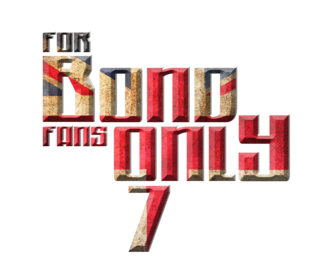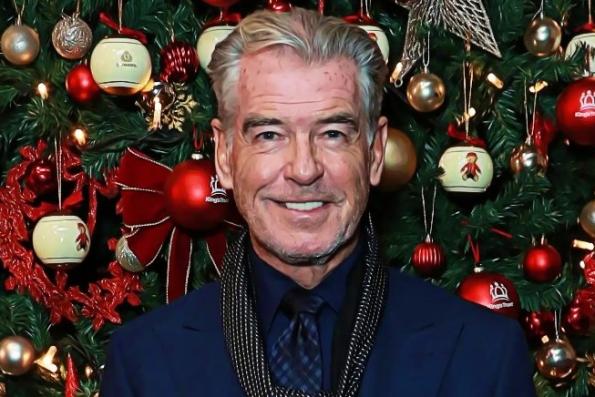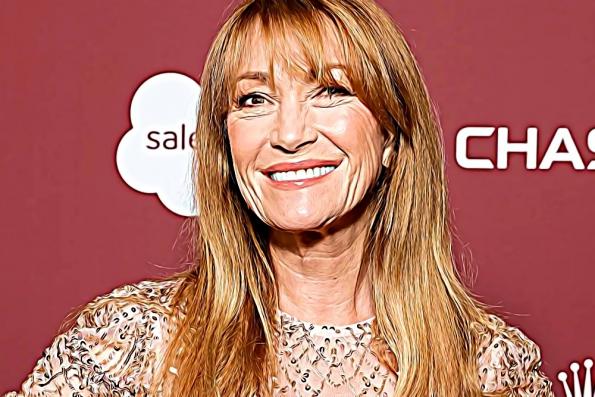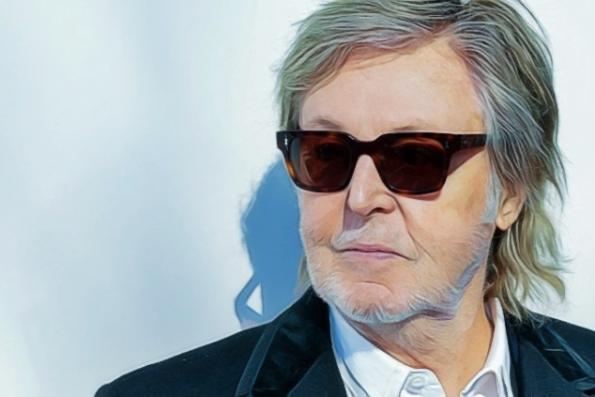The music of James Bond part six: Moore's penultimate and swansong
Octopussy saw John Barry back in the driver's seat. The film itself was one of the two Roger should not have made because he was too old.
As a spy and womaniser, he had zero credibility. The story was based on a Fleming short story but overall had too many comedy elements. Yet, Octopussy had its strong points, and one is the spectacular landscapes of India.
Barry's score was the perfect accompaniment; Barry had the unique knack of translating pictures and images into music. Two years later, he was to deliver a superb soundtrack for the visually spectacular film Out of Africa. The title song did for Octopussy — for obvious reasons — not contain the title of the film in the lyrics.
Initially, British singer Mari Wilson, who had had a couple of hits in the UK in the early 80s, was the first choice to sing All Time High. As a last-minute decision, the producers substituted her with Rita Coolidge because they felt she had a more international appeal.
The singer-songwriter thing had worked with Carly Simon, but Coolidge was out of her depth and made no secret of her aversion to the song. If you listen to some of Mari Wilson's songs, you can tell that she has a fantastic voice and would have been the perfect choice for this particular song. Commercially, the song was not a huge success but received a lot of airplay.

Parallel to Octopussy, Never Say Never Again was produced as a non-official Bond film based on Kevin McClory owning the copyright on the Thunderball script. Now, this is a film that causes controversy among James Bond aficionados. Personally, I like it very much. My only misgiving about the film really is the soundtrack. Okay, no use of The James Bond Theme for apparent reasons. But what do we get? Michel Legrand's generic 80s synth-pop — just like Bill Conti's score for For Your Eyes Only.
The main song, Never Say Never Again, was performed by Lani Hall. Who? She had a single in 1981 that peaked at number 88 in the US charts. So not really the obvious choice for a big-budget production.
Sometimes, you really wonder how decisions come about (more about that later). What was the point on the agenda of that producers' meeting? A singer no one has ever heard of? Granted, it might have helped that she was Herb Alpert's wife. I'm not saying the song or the performance were bad, but they were forgettable and certainly not up to date.

Nineteen eighty-four was the year in which the following acts topped the charts: Frankie Goes to Hollywood, Paul Young, Alphaville, Depeche Mode, and Duran Duran. Do you see a pattern there? The producers obviously didn't.
So finally, with A View to a Kill, the producers decided to embrace the spirit of the 80s. John Barry and Duran Duran wrote and produced the title song. It was actually the last song they recorded in the original line up; the Taylors left the band to set up Powerhouse.
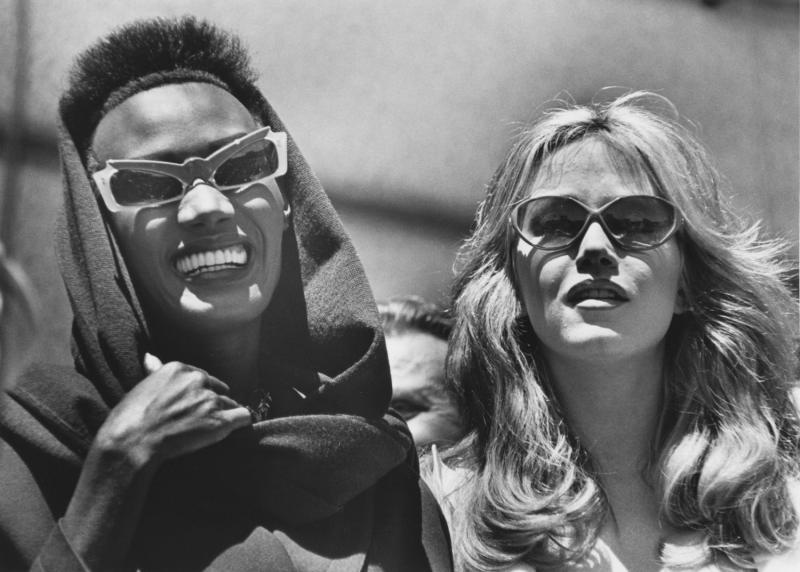
Although by this time, Bond had descended into a farce, and Roger was the age of the average viewer's grandad. Yet musically, Bond was finally up to date. The song made a killing in the charts. The more un-Bond-like the songs became, the bigger the success. Let's not talk about the film.

Thorsten Krings
Thorsten has been a Bond fan since 1977. He teaches at DHBW University in Germany and writes books — but mostly on very boring topics. Asked if he fancies himself as James Bond, he replied: "More as James Bond’s accountant".
